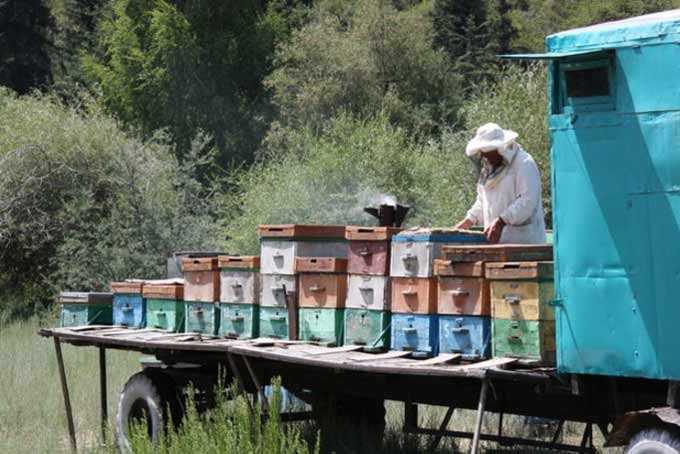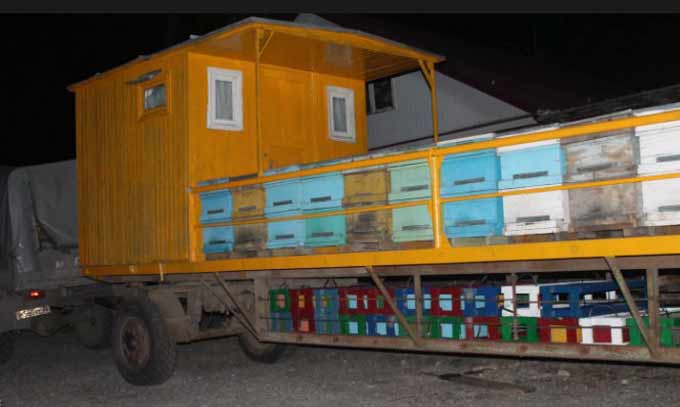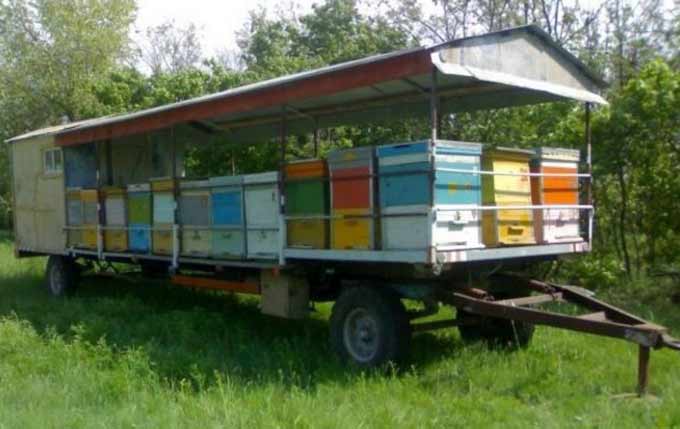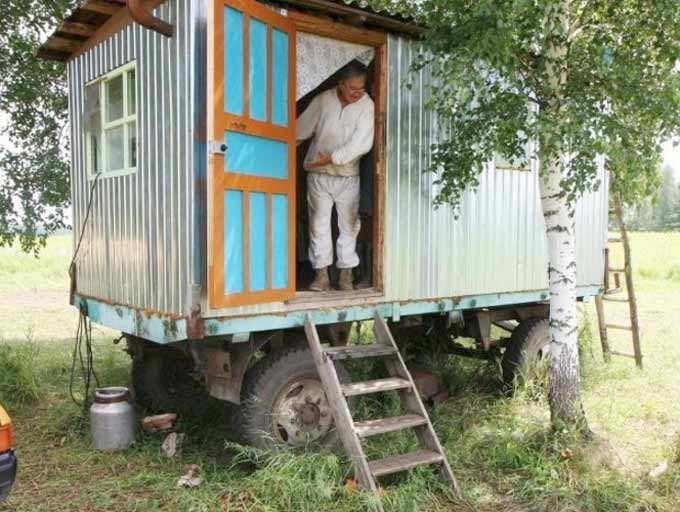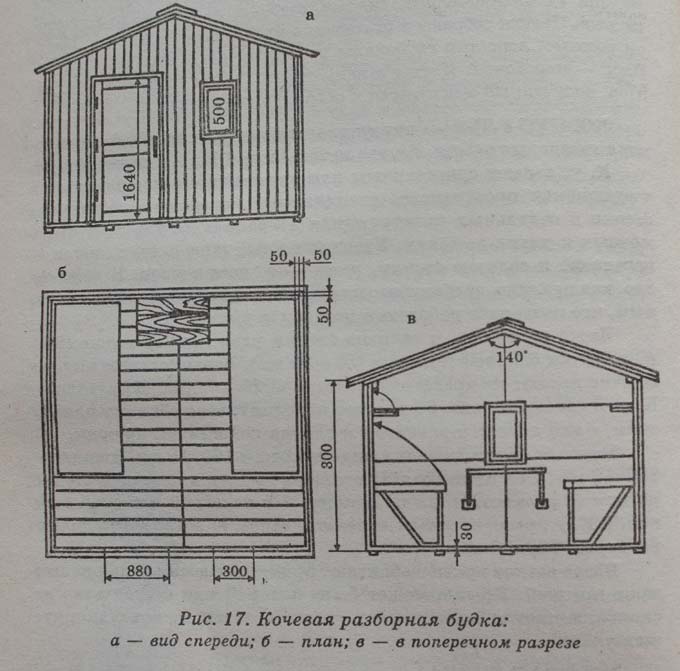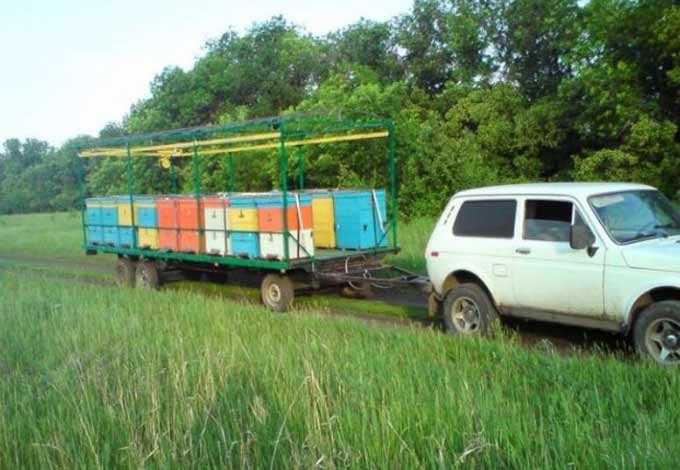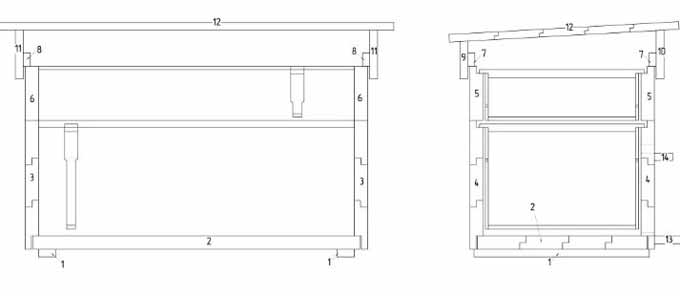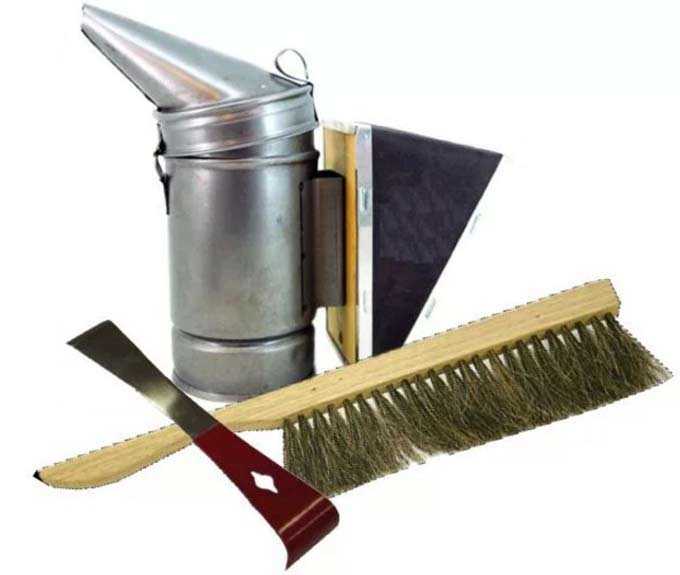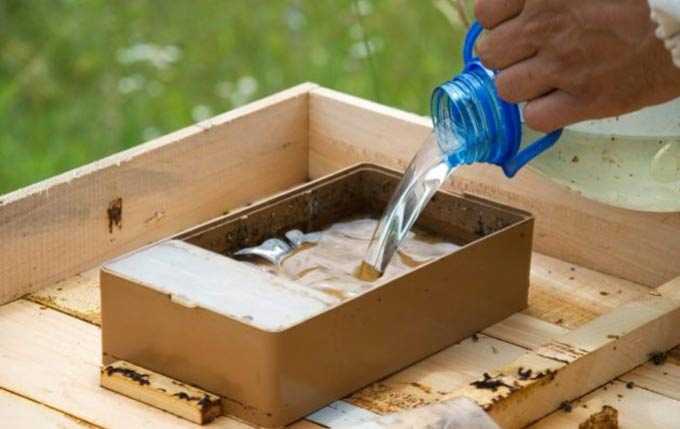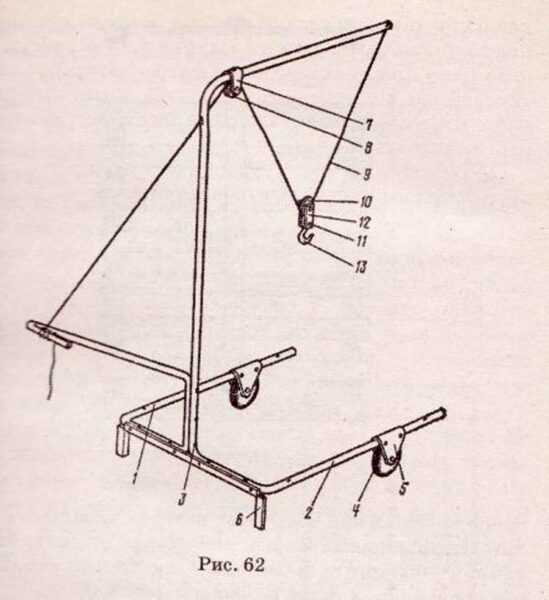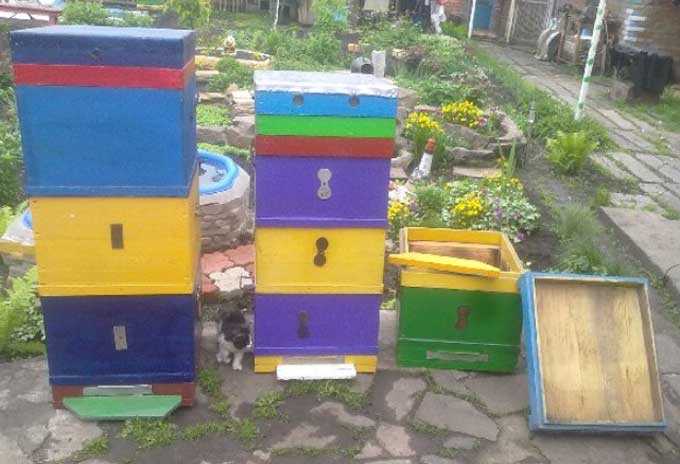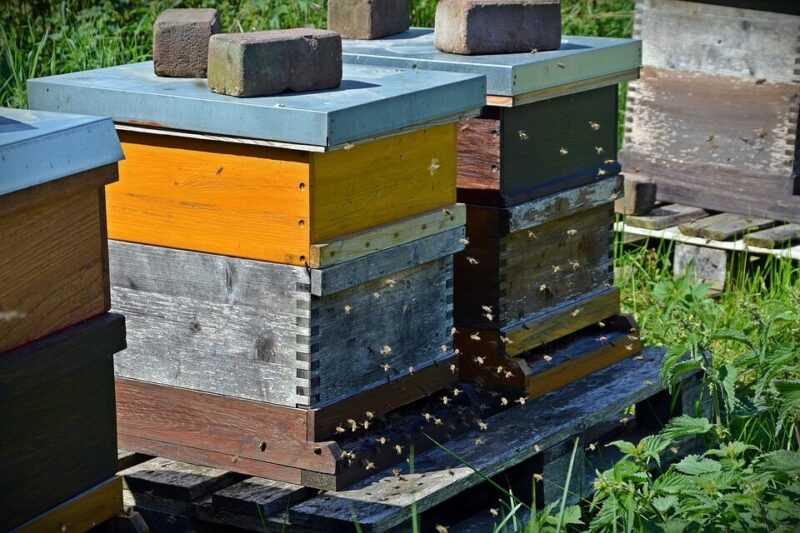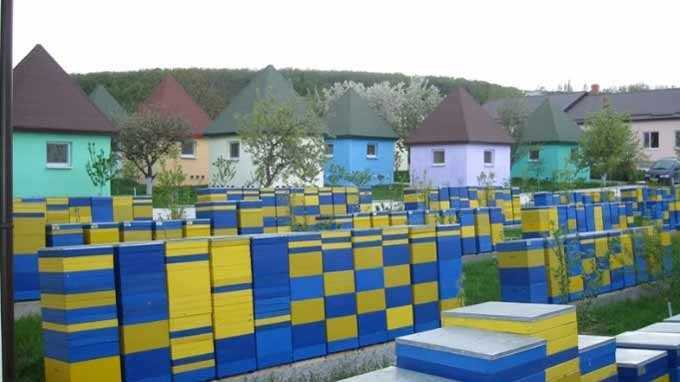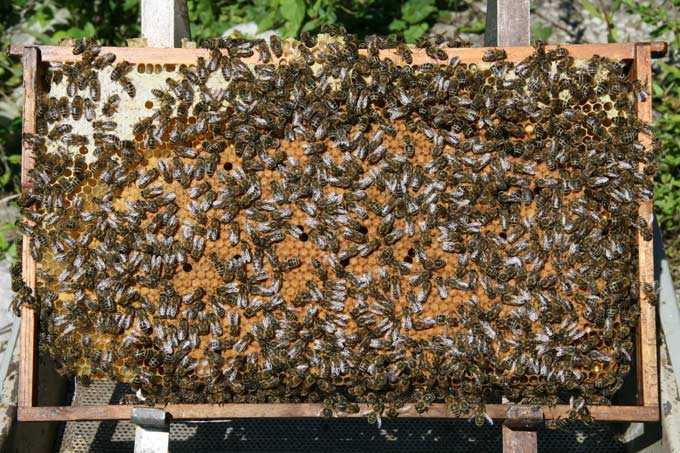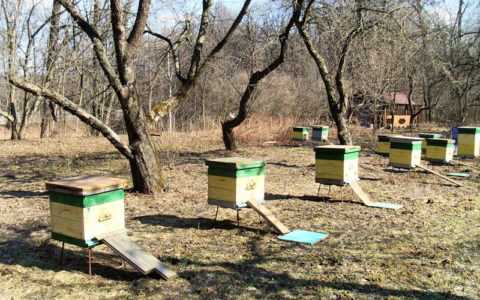Successful, that is, profitable keeping of bees is impossible without a sufficient honey base – large areas of plants that produce pollen and nectar. Of course, the stationary keeping of bees is much simpler, but what if the main bribe does not bring the expected income? The answer is obvious – it is necessary to engage in nomadism.
A nomadic apiary is a profitable business, because moving the hives closer to flowering fields and meadows increases the collection of honey by an average of 30-40%.
The content of the article
- 1 Features of nomadism
- 1.1 Rules of accommodation
- 1.2 How is the transportation
- 1.3 First flyby
- 2 What is a nomadic hive
- 3 Wandering booth
- 4 Hives on wheels
- 5 In conclusion
Features of nomadism
Transportation of bee houses to honey plants takes place in the hot summer, which requires special preparation from the beekeeper.
The main thing in hot weather is the presence of shade. This must be taken care of in advance, even at the planning stage of the future site for the installation of hives. Bee huts should be well shaded by shrubs or trees!
Another key point is the presence of a source of clean water nearby. But at the same time, it is important that bees do not fly to honey plants through large rivers, ponds, lakes. When loaded, insects get tired quickly. And since they have nowhere to sit during the flight, they drown en masse. This affects both the strength of the bee colonies and the volume of honey collection.
Rules of accommodation
You should also pay attention to the placement of the apiary during its wandering in relation to the array of the nearest honey plants. The hives should be along the array, not perpendicular to it! This will avoid a strong raid on other people’s hives and, accordingly, will save the owner of the mobile apiary from unnecessary conflict.
At the same time, the location of the point is carefully monitored in relation to the neighboring nomadic apiaries. It is impossible for the hives to stand in the way of the flight of other people’s bees!
Bee houses are placed at a new point in approximately the same order in which they were at home.
Incorrect setting of the apiary leads to disastrous results:
- the bees fly off;
- theft begins, which means chaos and confusion at the point;
- insects fight, individual families die.
Compliance with all placement rules will help avoid trouble – bees will actively work on one, the nearest array of flowering plants. And new melliferous areas for them are looked for in advance – here in the future the collection of pollen and nectar will continue.
How is the transportation
They begin to move bee houses to a new place in the evening or at night, that is, after the cessation of the active summer of insects.
Note: There is an exception to this rule – cool, inclement weather. In this case, transportation can be carried out during the day, having previously closed all the entrance slots even before the bees leave.
For the convenience of transportation, the distance from the home point is chosen within 30-50 km, which allows you to load the bee houses, transport them and install them before dawn.
The bee houses are loaded onto the trailer with the tap holes backwards, in the direction of travel. Upon arrival at the site, the hives are unloaded either manually or using a cart. Place them on stands or pegs driven into the ground.
The beekeeper should have a smoker, overalls with a face net, gloves, a hammer and nails. All this will come in handy not only in a new place, but also on the way – bees may need urgent help during transportation.
Also at the new location you will need:
- folding stands or pegs for installing houses;
- additional chisels;
- several smokers;
- handy carpentry tools;
- 1-2 roevni;
- flashlight with a spare battery (batteries);
- scales with a protective cover for control weighing;
- spray gun for processing nests if necessary;
- spare hives, frames and other accessories.
Transportation does not affect the mood of insects in the best way. Harsh sounds, bright lights, wandering and raids of bees lead to family anger. Inspecting them in this state is problematic.
Note: To calm the apiary, it is practiced to place it in a dense shade – among shrubs and trees. That is, the shade not only protects from the heat, but also acts favorably on the mood of the bees.
First flyby
In order for the first flight to a new location to be successful, the beekeeper needs to spread branches or inclined boards on the landing boards.
This little trick will allow insects to better orient themselves in space. This means that a significant gathering of bees, their wandering, overfilling of the front rows of bee houses with insects, flying into other people’s nests, and the death of queens will be prevented.
What is a nomadic hive
Experienced beekeepers use specially equipped hives to transport insects. Ventilation frames are provided in modern bee houses.
To install them:
- remove the ceiling from the nest;
- put a sub-roof or an extension;
- insert a frame for ventilation;
- close the lid of the house;
- reliably fasten all parts of the multi-body structure with special fasteners.
The holes must be closed tightly! It is impossible to bar the gap, as the bees will begin to break out, beat against an obstacle and become very anxious.
It is known that during transportation it becomes stuffy in the bee house. Insects are in an agitated state from high temperatures. To prevent their death, it is necessary to make transportation as comfortable as possible. For this:
- With multi-hull structures, the honey housings are removed.
- The brood frames are sorted – the full ones are placed at the bottom, the lighter ones are placed in the upper body.
- All freshly built combs are removed, since under the influence of stuffiness they soften greatly, they can break off and crush the bees.
- All remaining frames must be fixed in order to exclude their swinging and displacement. To do this, in the upper part of the side strips, small blocks are attached on both sides (size 0,6 by 0,8 by 7 cm).
Note: Modern frames have permanent delimiters. If they are available from the beekeeper, the nest box is completely filled with just such a set.
Wandering booth
The nomadic booth or, as it is also called, the house in the apiary is used for various summer works. For example, here you can transfer larvae when artificially hatching queen bees or unseal honeycombs to pump out honey.
Also, the booth replaces a temporary dwelling for the beekeeper. Inside, you can install a bed, hang shelves, place a small table and chair. For convenience, the house is equipped with several windows. In summer, wire mesh can be inserted into the window frames – this will relieve the stuffiness in the room.
Houses come in a variety of sizes and designs. Their main advantage is the ability to quickly assemble and disassemble. A spacious booth is suitable for the entire spring-autumn period. And in a compact room it is convenient to pump out honey.
The house is being built as follows:
- A frame is made of wood, which is sheathed with a board 16 millimeters thick.
- From the inside, plywood sheets are used for cladding. She goes to the ceiling.
- The gable roof is covered with roofing felt.
- Doors are hung and windows are installed.
- Outside, the structure is painted with light paint, which beats off the sun’s rays well.
Hives on wheels
For transportation, you can use any suitable vehicle with a platform or booth of the required dimensions. It will be possible to carry out this in rural conditions even on an ordinary cart.
Usually beekeepers use:
- Car trailer. If you build a frame on it from metal racks and corners, the hives can be installed in several tiers. It will turn out to be a small mobile or mobile apiary.
- Trailer for a walk-behind tractor or a tractor.
- Truck body. This option most often looks like a full-fledged booth when it comes to mobility and constant movement without numerous loading and unloading of bee houses.
By itself, the nomad can be carried out in two ways..
First – this is the delivery of bee houses on a trailer for an apiary with their subsequent unloading at a new place. This option is more time consuming and costly, since movers are required during each move during the summer season.
The second way of wandering – use of a mobile platform. In this case, the hives stand with their entrances to the outside – the bees can start flying almost immediately upon arrival at the site. The roof is in the form of an awning or a gable structure, covered with steel sheet or other suitable building material to protect from the weather. A central passage is left between the hives.
If the size of the platform allows, it can also house a beekeeper’s house. This type of roaming is better known as a wheeled apiary. It provides maximum mobility, as there is no need to unload and load the hives onto the trailer during honey collection.
The frame is assembled according to the internal dimensions of the existing trailer. You can, if desired, use boards for this purpose. The floor of the upper tier is additionally fixed with metal corners to withstand the load in the form of honey-filled bee houses.
Video example of a homemade trailer platform:
Note that popular mobile apiaries are transported on a trailer to fields and pavilions, which are presented in three versions:
- Covered structures with guard rails and retractable walls. The bee houses are kept here in the same way as on the platform – they are installed in several tiers.
- Closed structures in which hives are installed indoors. There are small holes in the walls for joining with tap holes. The multi-storey installation of bee houses is also practiced here.
- Constructions of a cassette type, representing a huge hive on wheels, in the drawers of which individual bee colonies are settled.
In conclusion
The migration is considered successful if the bee colonies have collected more than 5-6 kilograms of honey. Usually, there is an increase in honey yield by 2-3 times compared to the stationary content at one point.
More about non-nomadic beekeeping: Advantages of a stationary home apiary
Moreover, I would like to note that the amount of collected nectar is determined not so much by the size of the apiary, but by the state of the bee’s nests. Every weak family means unnecessary transportation costs.
The success of honey collection directly depends on the migration of strong families with a young and active uterus, as well as sufficient supplies of bee bread and honey for feeding young animals. There should be at least 4-5 kg of honey per nest, and at least two honeycomb frames should be filled with bee bread.
